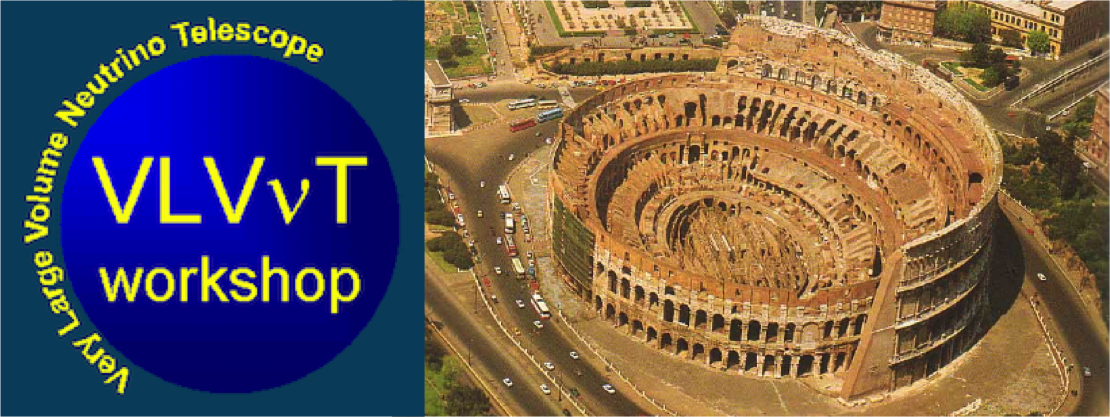Conveners
Parallel session A: Detection technique: photon - 1
- Pasquale Migliozzi (Universita e INFN (IT))
- Alexander Kappes (Friedrich-Alexander-Univ. Erlangen (DE))
- Dorothea Samtleben (NIKHEF)
Parallel session A: Detection technique: photon - 2
- Pasquale Migliozzi (Universita e INFN (IT))
- Alexander Kappes (Friedrich-Alexander-Univ. Erlangen (DE))
- Dorothea Samtleben (NIKHEF)
Alexander Kappes
(Friedrich-Alexander-Univ. Erlangen (DE))
14/09/2015, 14:50
IceCube-Gen2 is the planned next generation neutrino telescope at the South Pole incorporating a high-energy array for neutrino astronomy and a dense array (PINGU) aimed at the determination of the neutrino mass hierarchy. The contribution presents alternatives to IceCube-Gen2’s single-PMT baseline design which are currently being developed. These designs feature up to 24 smaller...
Dustin Hebecker
15/09/2015, 11:00
Francesco Di Capua
(INFN)
15/09/2015, 11:20
The VSiPMT (Vacuum Silicon PhotoMultiplier Tube) is an innovative design for a revolutionary hybrid photodetector.
The idea, born with the purpose to use a SiPM for large detection volumes, consists in replacing the classical dynode chain with a SiPM.
In this configuration, we match the large sensitive area of a photocathode with the performances of the SiPM technology,
which therefore...
Mr
Yuji Hotta Hotta
(Hamamatsu)
15/09/2015, 11:40
Hamamatsu has been providing various types of vacuum photon detectors in many fields for many years. We will show the latest developmental status for our PMTs.
Dr
Christian Dille
(Hamamatsu Photonics Deutschland GmbH)
15/09/2015, 12:00
In the year 2014 a new generation of low cross-talk MPPCs has been introduced. Due to further improvements in the manufacturing processes, it is now possible to commercially offer MPPCs, which combine low cross-talk and low after pulse features with a significantly increased photo-detection efficiency (PDE). Besides the capability to manufacture large sized MPPC arrays with high element fill...
Valentina Giordano
(INFN)
15/09/2015, 12:20
Photomultipliers are widely used in astroparticle physics detectors to measure Cherenkov light in media like water or ice.
KM3NeT neutrino telescope will be the largest underwater neutrino telescope and will be located in the abyss of the Mediterranean Sea.
The detection principle is based on the measurement of the Cherenkov light induced by relativistic charged particles emerging from an...
